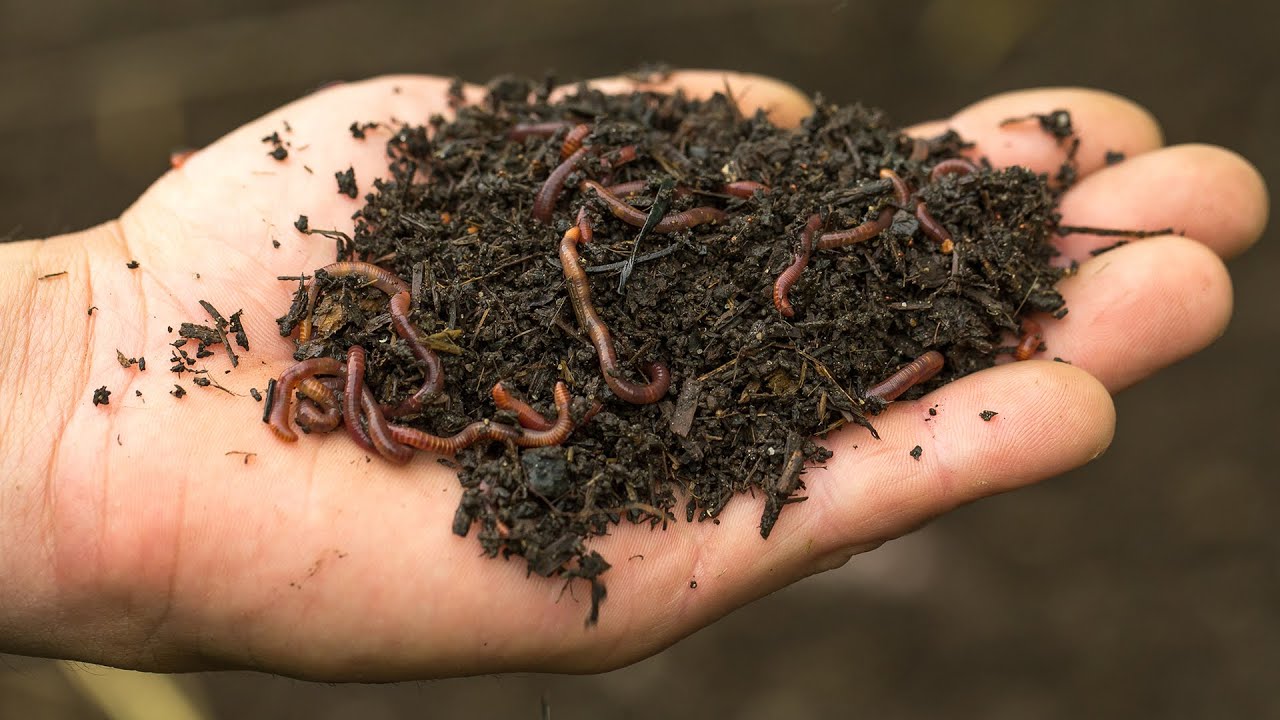“I’m considering starting a commercial worm farm to diversify my agricultural business here in the Sunshine Coast, but I’m a bit worried about the initial expense. Could you break down the costs and what I should expect to spend on getting started with a commercial worm farm, including any hidden costs or important considerations I might overlook?” Thanks, Linda, Sunshine Coast, Australia.
What Is The Cost Of Starting A Commercial Worm Farm?
Starting a commercial worm farm can be a profitable venture, but like any business, it’s crucial to comprehend the costs involved right from the get-go. This way, you’ll have a clearer picture of what to expect and can better manage your investment to ensure success.
Initial Setup Costs
The first thing you need to think about is the initial set up. This includes all the materials and equipment necessary to start your operation. Here are some pivotal components:
1. Worms
The cornerstone of your business! Buying worms for a commercial operation isn’t cheap. Generally, you might wanna go for species like Eisenia fetida (commonly known as red worms). The cost can vary, but expect to spend somewhere between $20 to $30 per pound. For a commercial operation, you would need at least 500 pounds of worms to start.
2. Beds and Bins
Worm beds or bins will be your next significant expense. You’ll need to decide whether to go with wooden beds, plastic bins, or a more advanced flow-through system:
- Wooden Beds: These are more economical initially but may require more maintenance over time.
- Plastic Bins: Durable but can be more costly, ranging between $20 to $50 per bin.
- Flow-Through Systems: Highly efficient but can cost $1000 and upwards for a commercial-sized unit.
3. Land and Infrastructure
Location matters! If you already have farmland, it may be easier, but if you need to lease or purchase land, this will be another considerable investment. Expect prices to vary widely depending on location and size.
4. Composting Material
Worms thrive on organic waste materials like kitchen scraps, manure, and agricultural residues. While this might be something you can source for free, you may need to consider transport costs if you’re collecting from multiple sources.
Ongoing Operational Costs
Once you’ve handled the initial setup, there are ongoing costs to consider, which include operational, maintenance, and labor expenses.
1. Feedstock
While worms can eat almost all organic waste, they do have some preferences. Ensuring a consistent, quality supply of feedstock is vital. If you’re sourcing this material for free, great! But consider the time and transportation costs involved in collecting it.
2. Labor
Managing a commercial worm farm is labor-intensive. Whether you’re doing the work yourself or hiring staff, labor costs will be significant. Don’t forget to consider health and safety regulations, especially if you’re hiring employees.
3. Utilities
Water and electricity are essential for maintaining a moist and controlled environment. In warmer climates like the Sunshine Coast, you might also need cooling systems to keep your worms comfortable, as they prefer temperatures between 55°F and 77°F (13°C to 25°C).
4. Maintenance
Regular maintenance is crucial for keeping the composting systems efficient. Include costs for repairs, replacements, and general upkeep of your bins and infrastructure.
Marketing and Distribution Costs
Linda, once your worm farm is up and running, you’ll need to think about how to sell your products. Whether you’re marketing worm castings as organic fertilizer, selling worms for bait or home composting, or creating worm tea, getting your products to market involves additional expenses.
1. Packaging
Proper packaging is crucial for maintaining the quality of your products. You’ll need to invest in bags, containers, and labels that not only protect your products but also appeal to consumers.
2. Advertising
Reaching your target market requires a solid advertising strategy. This could include online advertising, social media campaigns, print ads, or attending trade shows and farmers’ markets. Set aside a portion of your budget for these activities, as attracting customers is key.
3. Transport
Whether delivering to local farmers, gardening stores, or shipping your products, transportation costs can add up. Invest in reliable vehicles and factor in fuel, maintenance, and insurance costs.
Hidden Costs
It’s easy to overlook hidden costs that can affect your bottom line. These can be just as crucial to your operation as the obvious expenses.
1. Permits and Licenses
Running a commercial worm farm means dealing with several regulations. Ensure you’re compliant with local, state, and federal requirements. Fees for permits and licenses can vary significantly.
2. Education and Training
Investing in knowledge pays off. Consider attending workshops, courses, or even hiring consultants. This can provide valuable insight and help avoid costly mistakes.
3. Insurance
Insurance is vital for protecting your business against unforeseen events. Coverage should include liability, property damage, and workers’ compensation if you have employees.
4. Contingency Fund
Unforeseen circumstances like pests, disease, or extreme weather can impact production. Having a contingency fund ensures you can navigate these challenges without crippling your business.
Potential Revenue
Understanding potential revenue streams helps justify your initial and ongoing investment. Here are the primary products and their market potential:
1. Vermicompost (Worm Castings)
Rich in nutrients, vermicompost is highly sought after by organic gardeners and farmers. Depending on your region, it can sell for $1 – $3 per pound.
2. Worms
Selling live worms can generate income. They’re sold for composting, fishing bait, or animal feed. Prices typically range from $20 to $40 per pound.
3. Worm Tea
Worm tea, a diluted mixture of vermicompost, is touted for its benefits to plant health. It can be sold by the gallon and often fetches $10 – $25 per gallon.
Scaling Your Business
Once established, scaling your worm farm can help maximize profits. Here are a few strategies:
1. Automation
Invest in automated systems for feeding and harvesting to reduce labor costs. Offering subscription services or bulk orders can also help streamline sales and increase revenue.
2. Diversification
Consider introducing additional products or services. Workshops, consulting, and collaboration with local schools or community gardens can build brand loyalty and increase sales.
Final Thoughts…
Linda, starting a commercial worm farm indeed involves substantial costs upfront and ongoing. But with the right planning and management, the benefits and revenues can well justify the investment. Remember, knowledge is key, so continuous learning and adapting to market needs will play a significant role in your success. Thanks for reaching out with your question, and best of luck turning your agricultural business into a thriving, earth-friendly operation!
Indoor Worm Composting



